What Healthy Portions Should Actually Look Like

By:
Do you feel like you're doing a good job maintaining healthy eating portions?
Unfortunately, if you feel like you aren't, the heaping portions provided by American restaurants make it hard to get back on track.
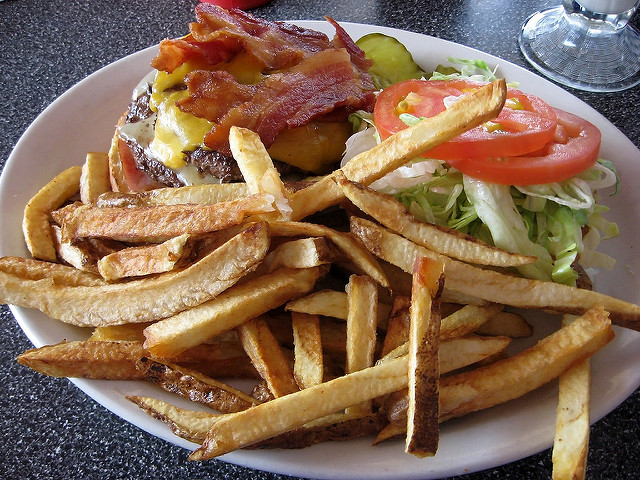 Flickr - flickr.com
Flickr - flickr.com
But to get a realistic point of reference for portions, all you have to do is look around you. As The Guardian points out, there are objects that you use every day that are reminders of proper serving sizes. Like a tennis ball representing a serving of pasta, these visual cues are everywhere. These visual means of checks and balance have been corroborated for years by food research organizations and health professionals alike.
To keep you atop of healthy eating, here are ten common objects to remind you what your portions should actually be.
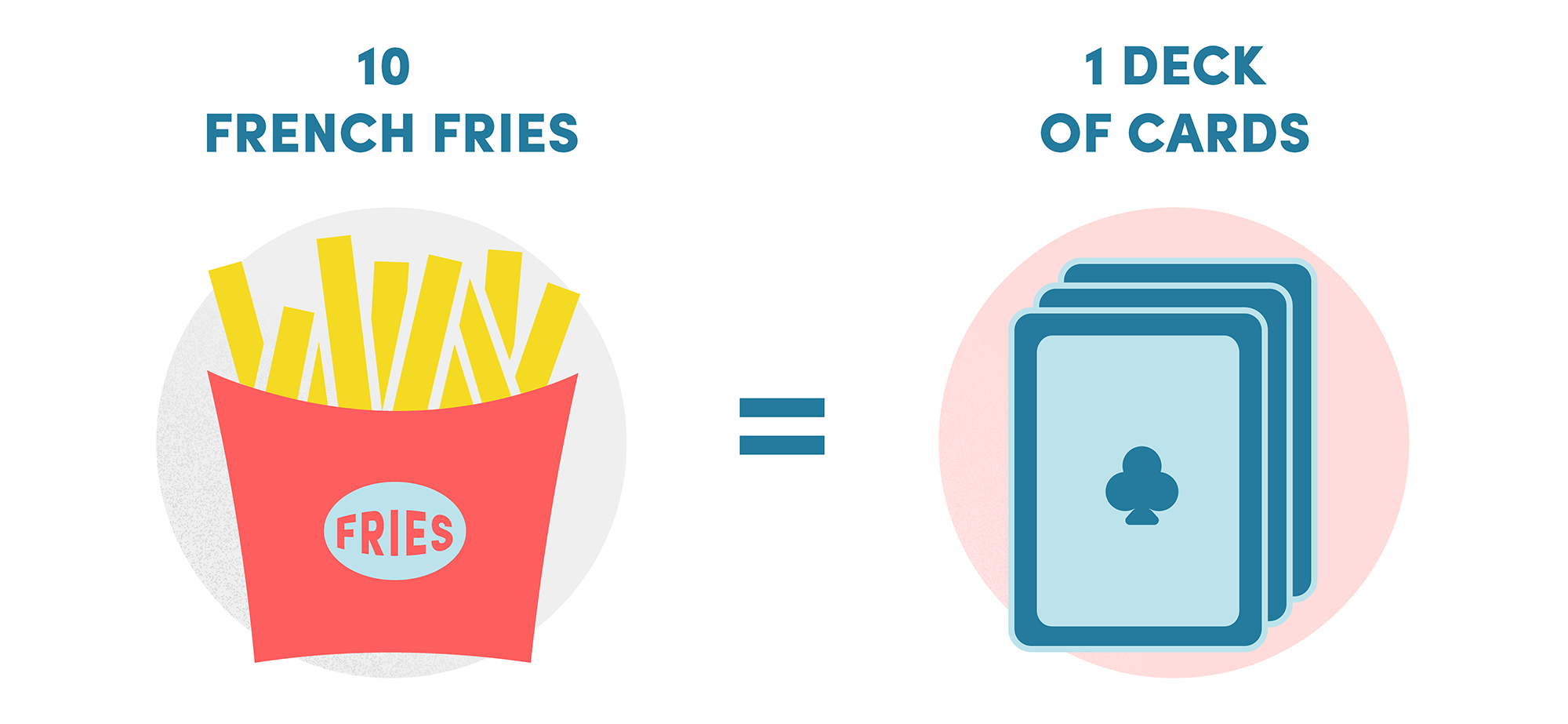
10 French Fries = A Deck Of Cards
We all know your favorite fried friends are unhealthy. But how many of them can you eat? Ten, according to nutritionists, which is nearly the size of a deck of cards.
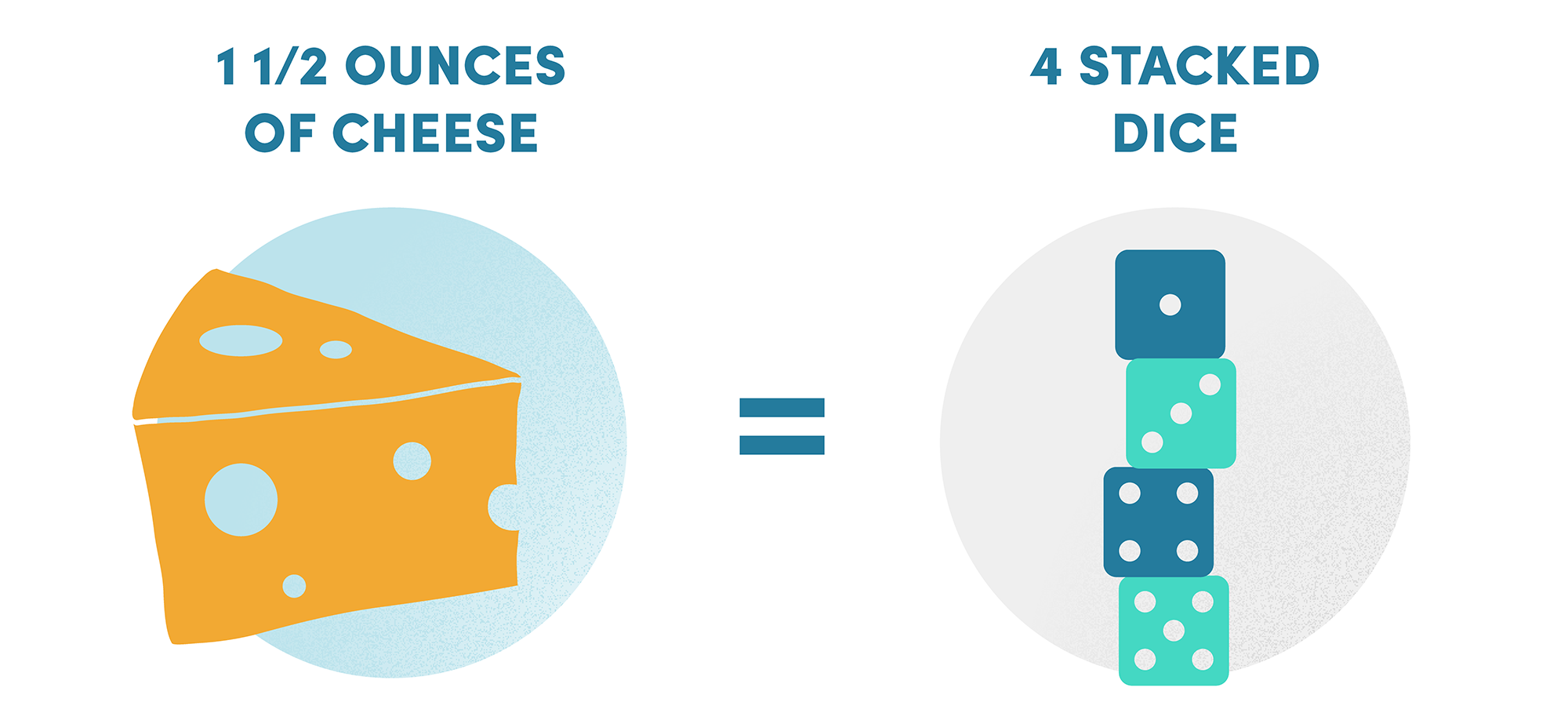
1.5 Ounces Of cheese = 4 Dice
The USDA recommends 1.5 ounces of natural cheese for a portion, which is equivalent to four dice. Keep that in mind when you're eyeing a cheese plate at a party: you can only indulge in four little cubes.
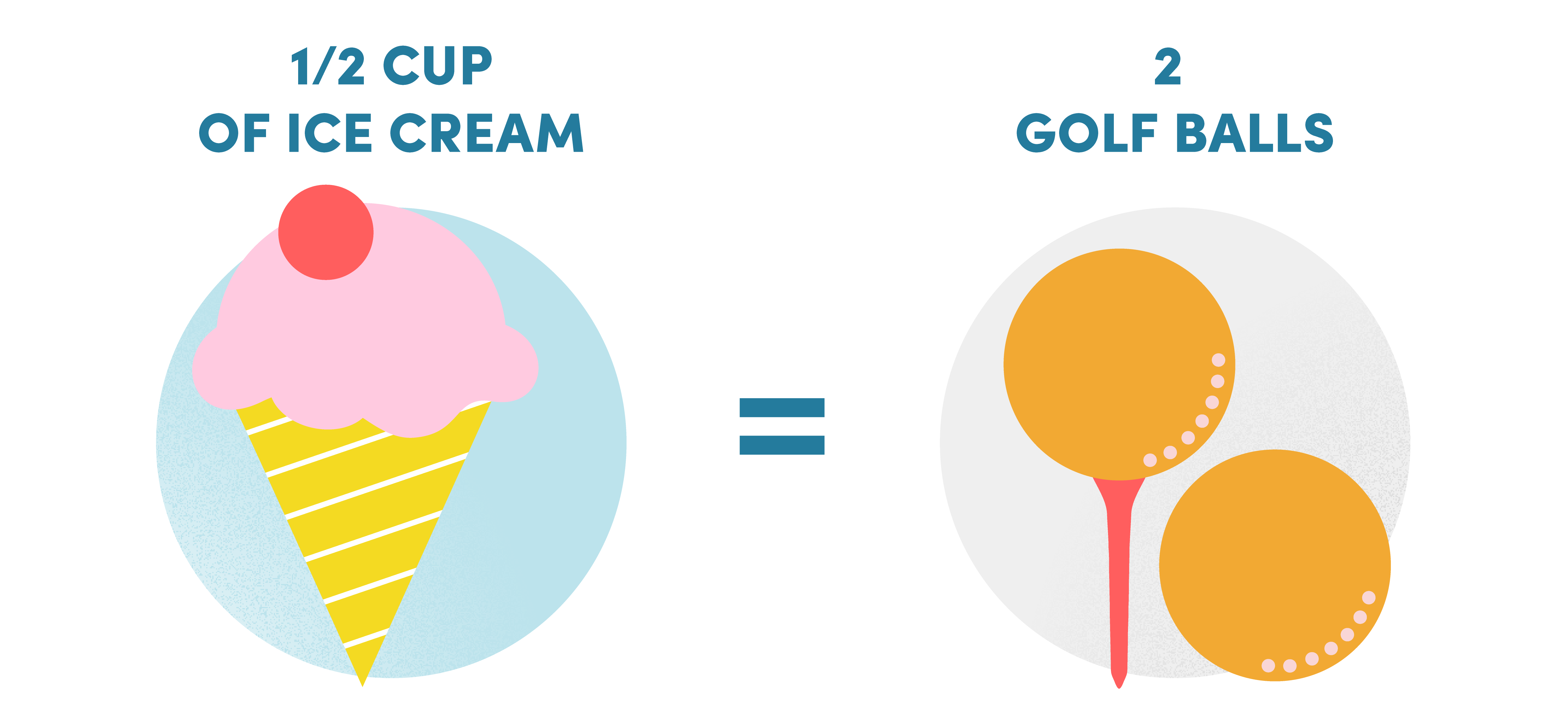
.5 Cup Of Ice Cream = 2 Golf Balls
Another beloved dairy treat, this is something that you should eat no more than 2 golf ball sized globs of, the equivalence of half a cup. Yes, we may all want to go for the full cup — 4 golf balls worth — but that is sadly considered indulgent.
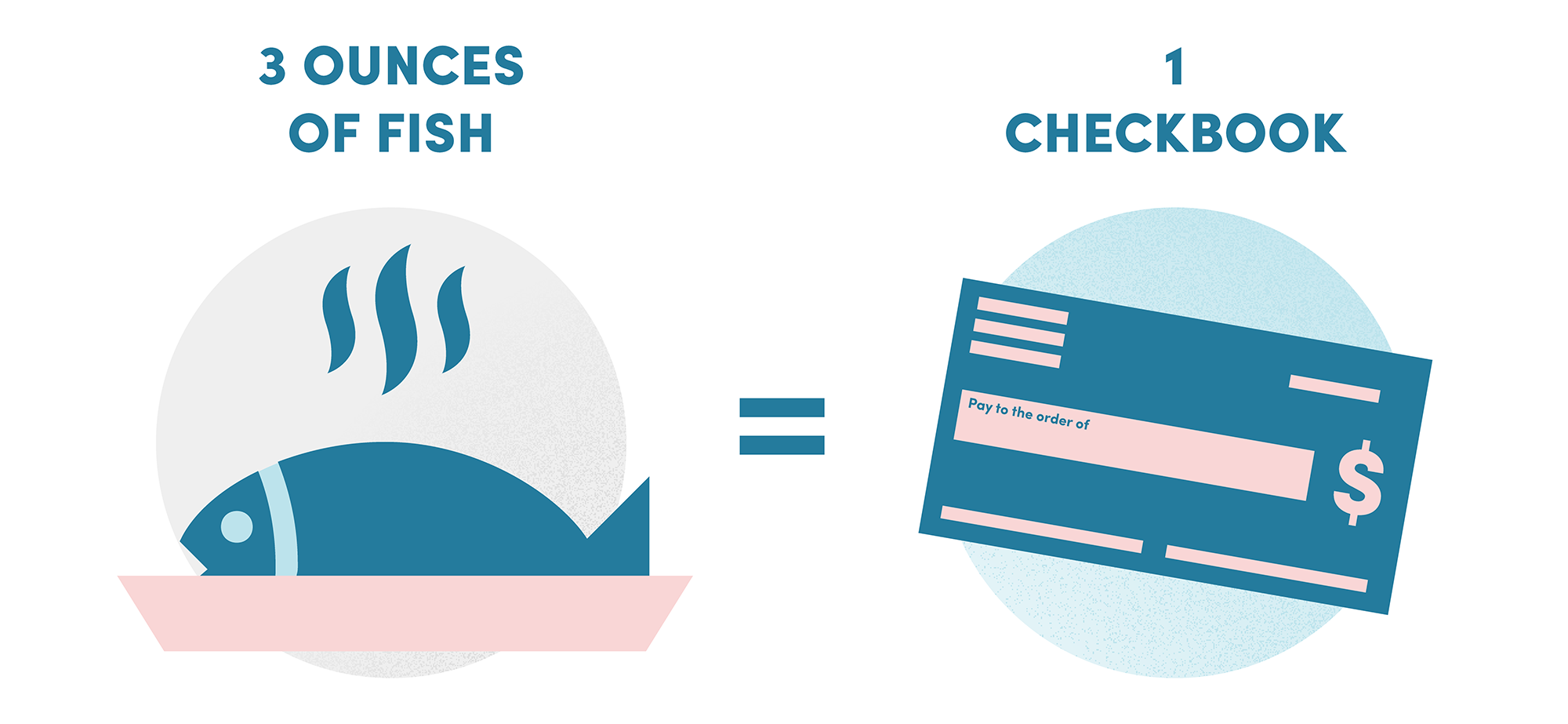
3 Ounces Of Fish = A Checkbook
It's recommended you have a little over 3 ounces twice a week — but what does that look like? Your checkbook. Now you can look at that thin little bank book more often than when you go to pay the rent: use it to monitor how much fish is too much.
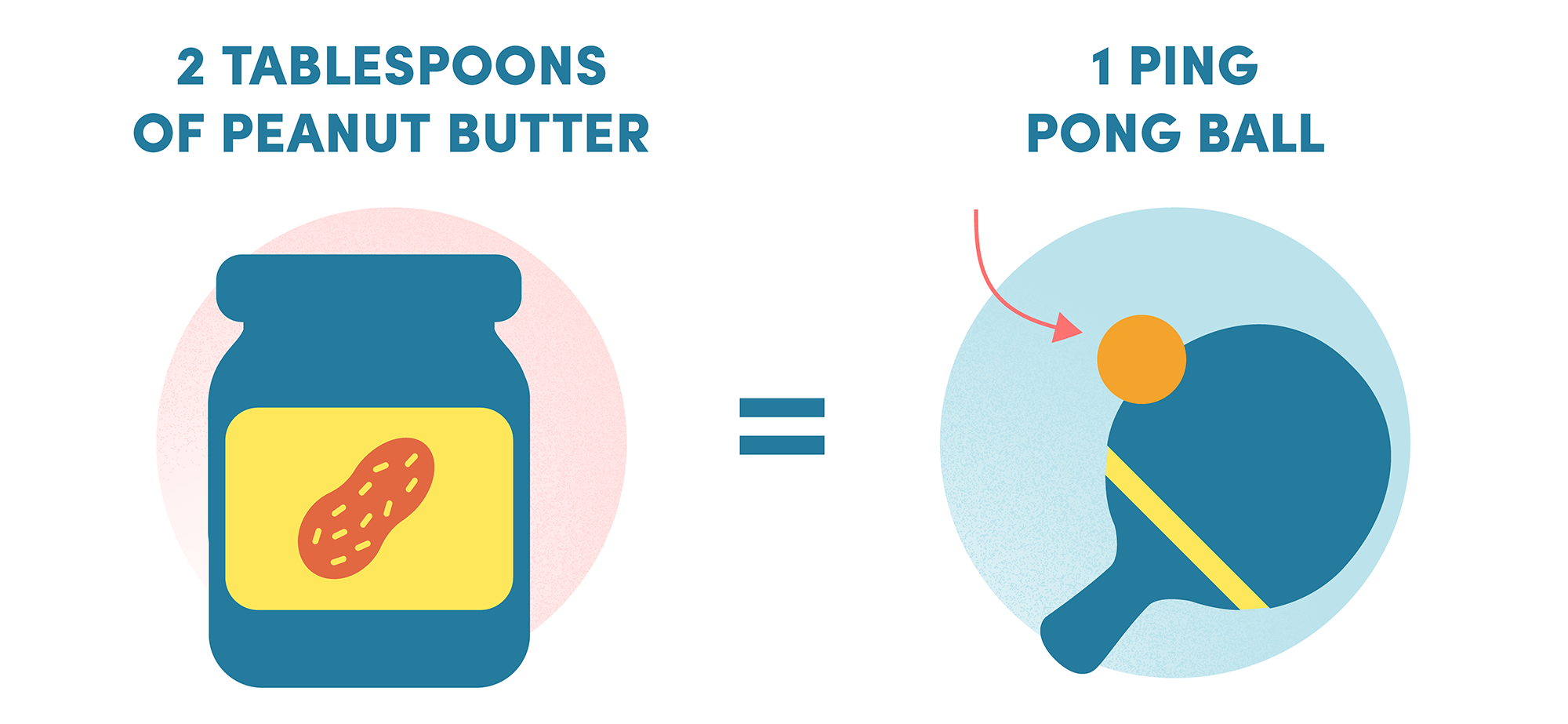
2 Tablespoons Of Peanut Butter = A Ping Pong Ball
A healthy serving of this common lunchtime spread is two tablespoons, which breaks down to roughly a ping pong ball. Don't get too discouraged by this though: you can still make a solid sandwich with a glob that size.
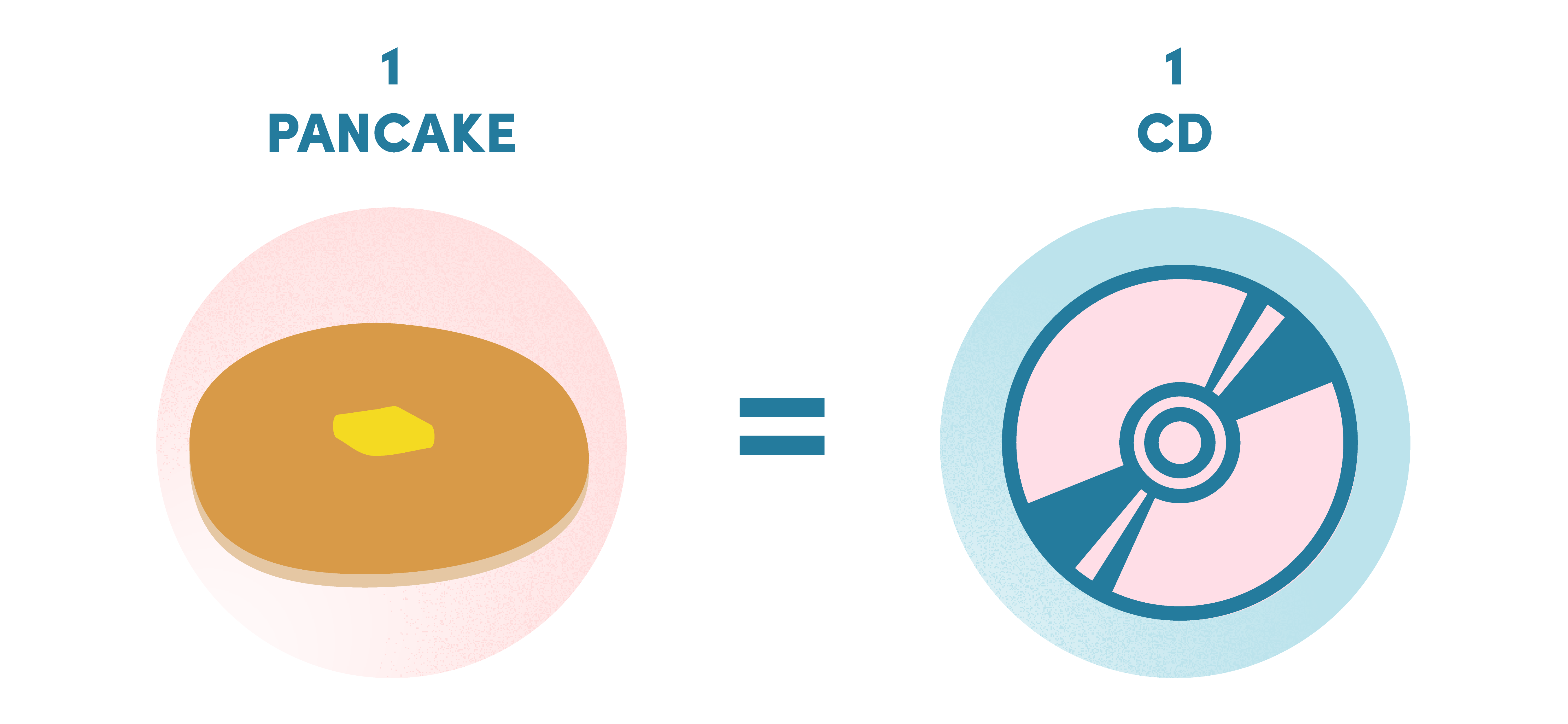
1 Pancake = A CD
A 4 inch pancake is a good source of grains, if eaten without syrup and butter as caloric embellishment. When making these, dig into your proto-MP3 music library and eye a CD for visual reference: that's how big your pancake should be.
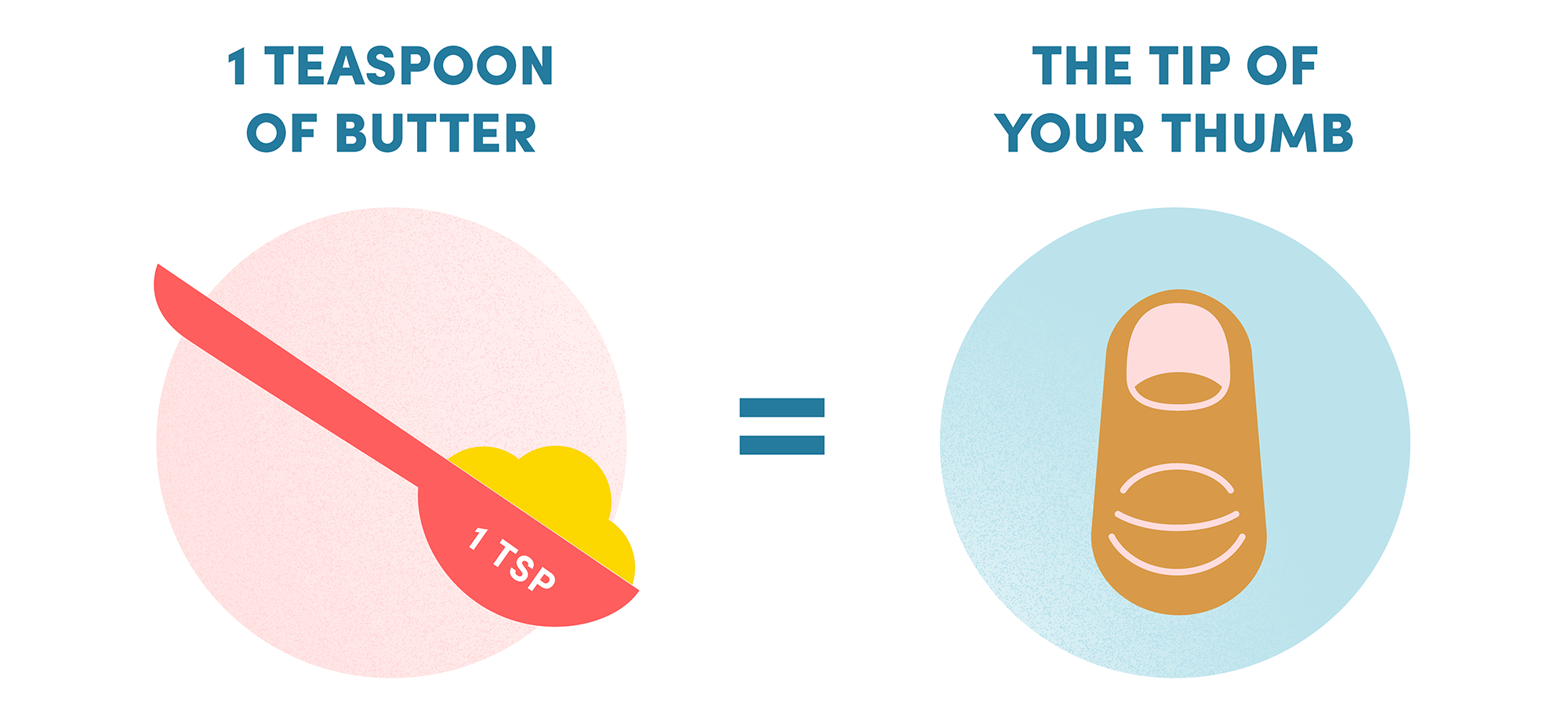
1 Teaspoon Of Butter = The Tip Of The Thumb
It's a common restaurant predicament: do you butter your bread or not? Of course you want to butter your bread — so know that you can have a teaspoon, or what is equivalent to the tip of your thumb.
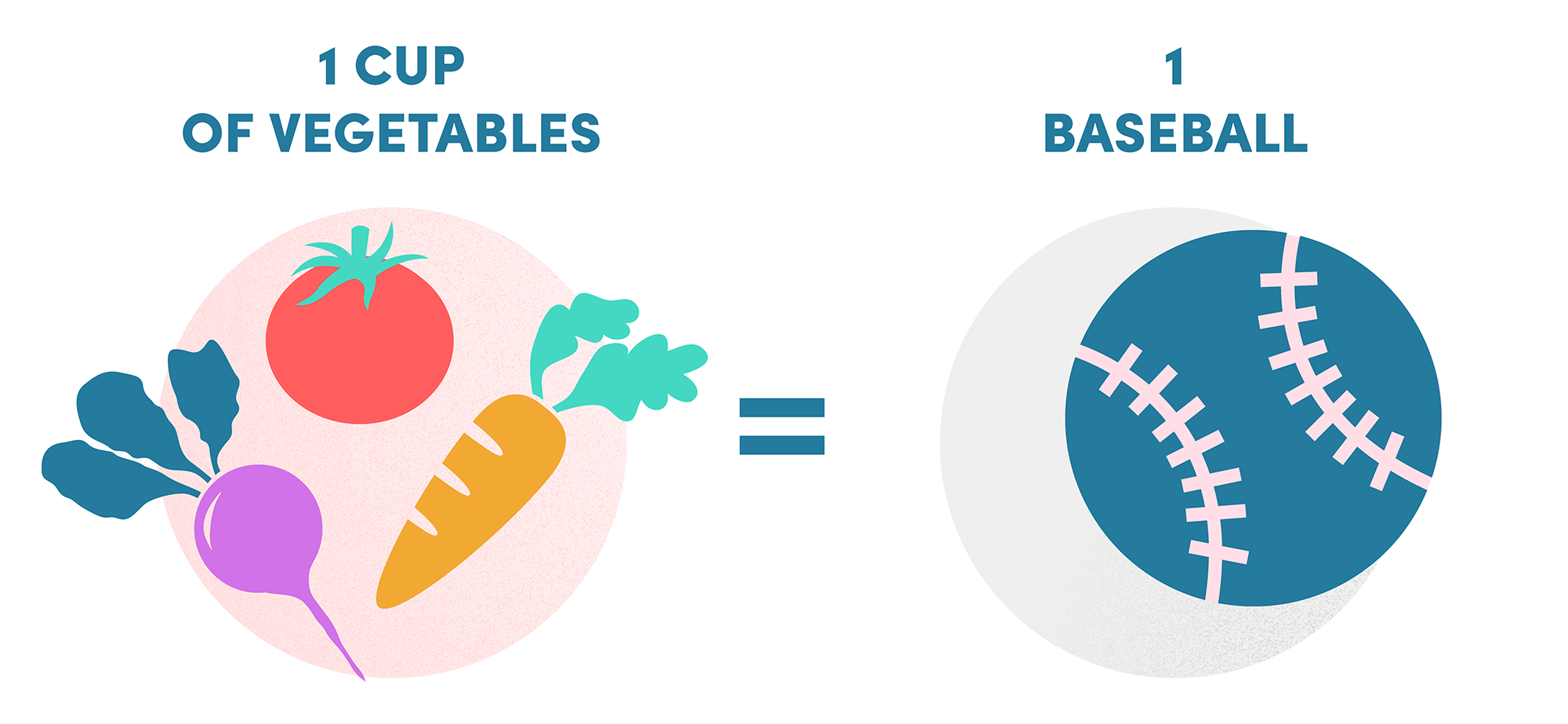
1 Cup Of Vegetables = A Baseball
Eating all the vegetables sounds like an easy path to health but the USDA advises a cup of cooked or uncooked for a serving. What does that equate to in household object speak? A baseball, which is a good way to eye a cup.
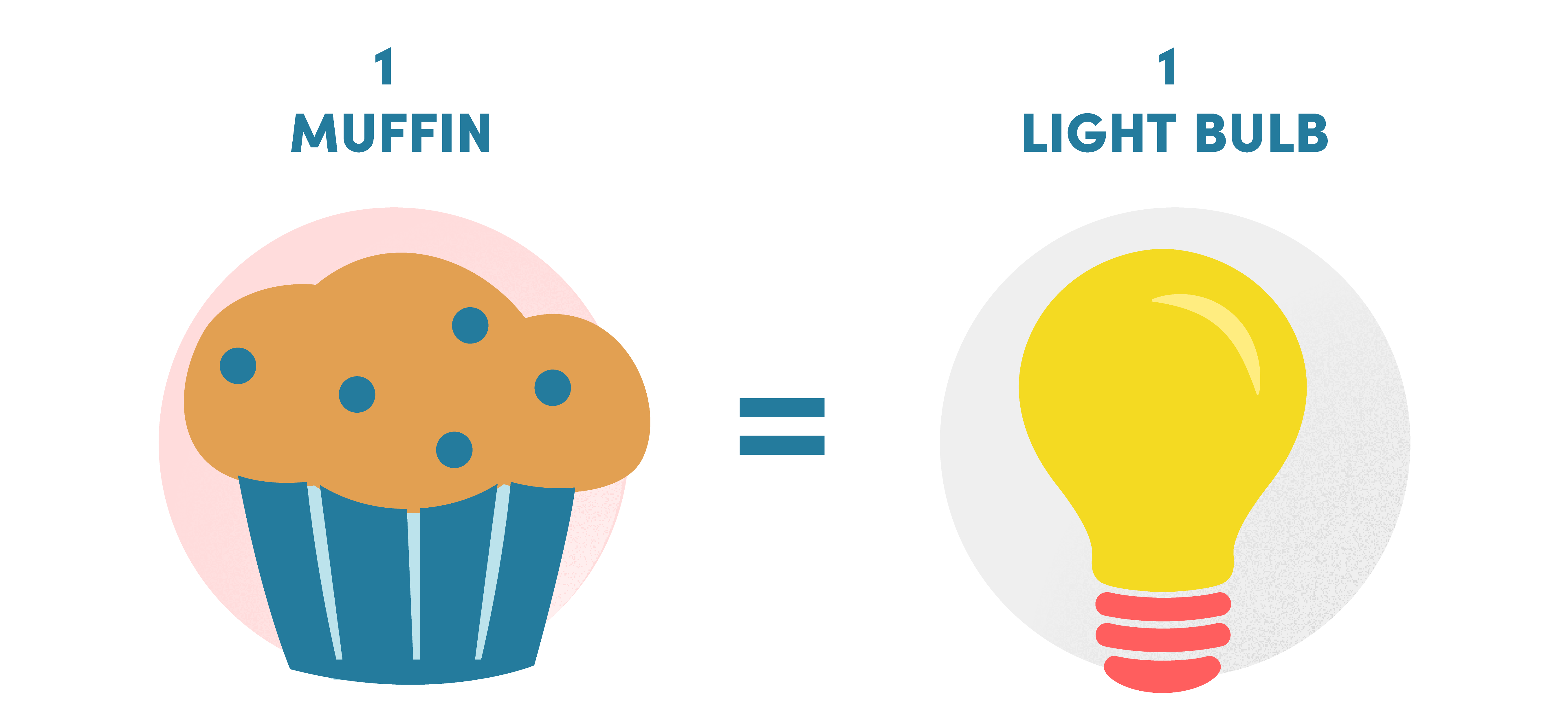
1 Muffin = A Light Bulb
Given that most muffins come in grotesque, monstrous sizes, it's good to have a reminder of normal muffin sizes. Light bulbs are actually a similar size, which would place you at the 1 ounce grain standard.
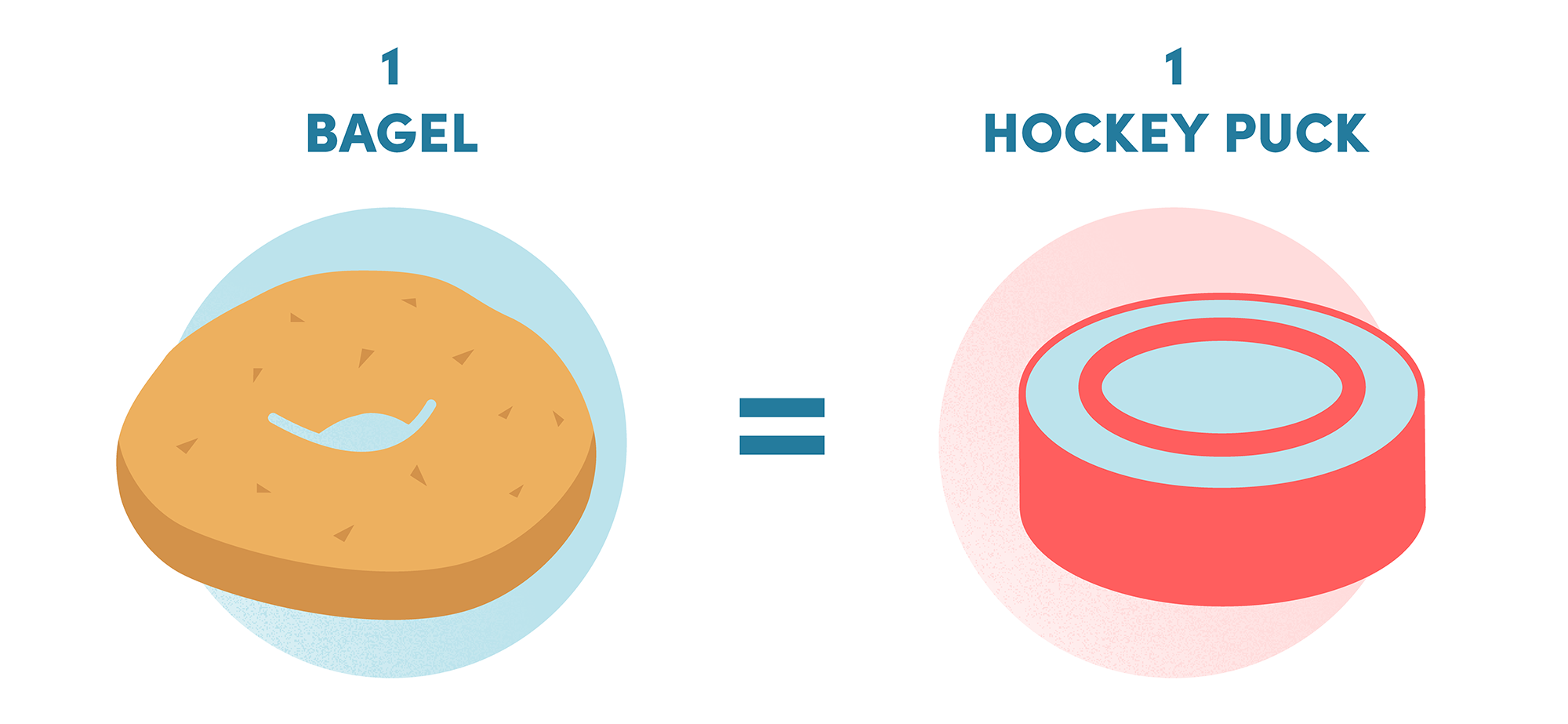
1 Bagel = A Hockey Puck
Similar in terms of grain standards and size bloat, bagels should be roughly the size of a hockey puck. The daintier the breakfast bread, the better it is for you!
Need further healthy eating reference? ChooseMyPlate.gov can help you make a daily checklist and the NIH has a great resource on portion distortion.
